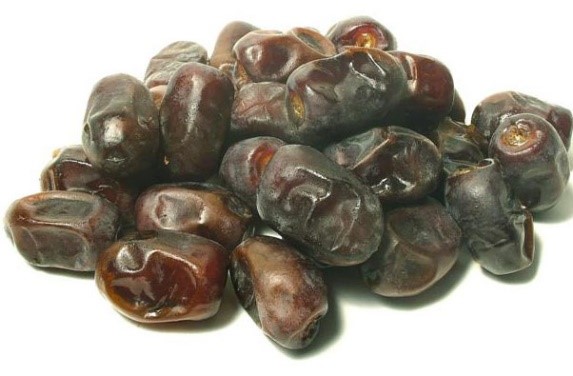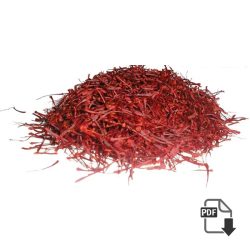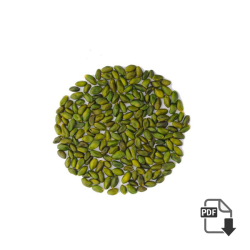Contribution to diet Apricot
Most of the crop is not sold fresh; drying and canning are popular options for apricots since they are so perishable. Cultivars that retain their color and flavor during drying like ‘Royal’ and ‘Tilton’ are best for this market. Contribution to diet Apricot
Dried apricots can be easily re-hydrated, and are particularly popular with backpackers. As with plums, drying concentrates all nutrients several-fold. Per capita consumption is only 0.9 lb per year. In 2004, the utilization was as follows:
Please for more information or any inquiry click here ……
Canned and juices – 23%
Fresh – 13%
Dried – 57%
Frozen – 5%
Dietary value, per 100-gram edible portion calories
Contribution to diet Apricot
| Apricot | |
| Water (%) | 85 |
| Calories | 51 |
| Protein (%) | 1.0 |
| Fat (%) | 0.2 |
| Carbohydrates (%) | 11-13 |
| Crude Fiber (%) | 2-3 |
| % of US RDA* | |
| Vitamin A | 54 |
| Thiamin, B1 | 2.1 |
| Riboflavin, B2 | 2.5 |
| Niacin | 2.3 |
| Vitamin C | 22 |
| Calcium | 2.1 |
| Phosphorus | 2.9 |
| Iron | 5.0 |
| Sodium | — |
| Potassium | 6.0 |
Apricot production
Apricots are produced commercially in 63 countries on about 988,000 acres. Production has been stable over the last decade. Yields average 5980 lbs/acre, ranging from just a few thousand pounds to over 15,000 lbs/acre in some European countries. Contribution to diet Apricot
Top 10 countries (% of world production)
1. Turkey (21)
2. Iran (10)
3. Italy (8)
4. France (6)
5. Pakistan (5)
6. Spain (4)
7. Syria (4)
8. Morocco (3)
9. China (3)
10. USA (3)
Please for more information or any inquiry click here ……
other products
-
Whole dried apricot Special wholesale price + analysis + sale offer
This variety is very sweet with an orange color. Sulfur is added to whole dried apricots in order to maintain the natural color, prevent bug infestation, and increase preservation.
-
Dried lime Powder , slices Special price + analysis + sale
Dried Lime: Producer area: Fars, Hormozgan How to store: Fresh dried lime is in mustard color and sour taste. Dried lime in big size and darker color is the one with high quality. It can be stored in dry place…
-
Dried Prune Special wholesale price + analysis + sale offer
Since time immemorial, dried plume has been reputed for its anti-conception properties. However its benefits have gone beyond this. Wishing to lose some weight, we highly recommend you to put dried plume to your diet, either in your food or…
-
Sargol Saffron | most economical saffron for import
Sargol Saffron | most economical saffron for import : sargol saffron consists only of Dark Red Stigma (thread) Tips. So. in other words all the white and orange parts are removed. This saffron is the second most expensive type of…

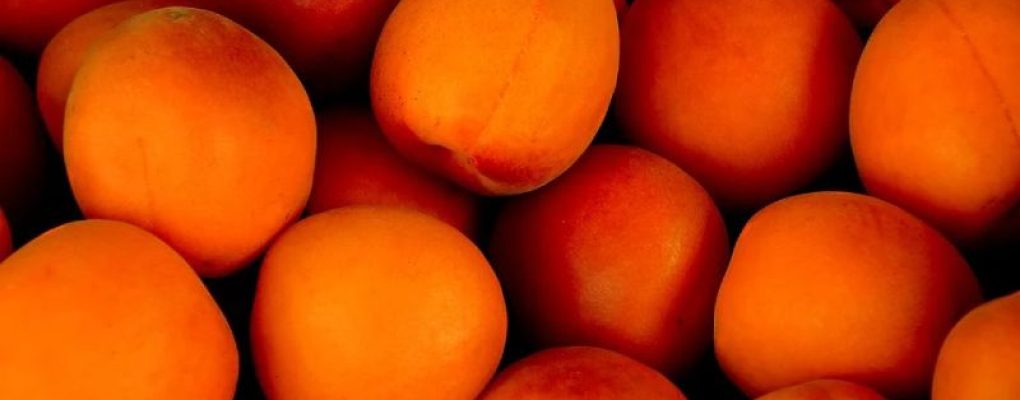
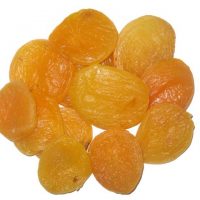
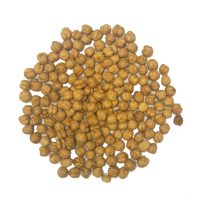
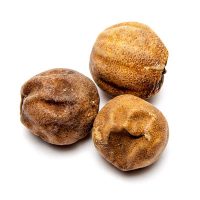
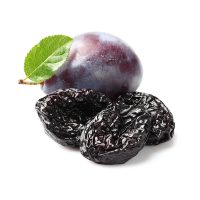
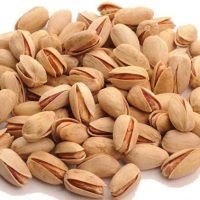
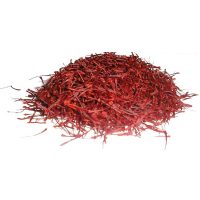
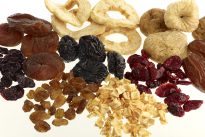
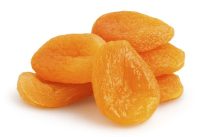
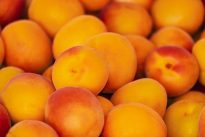
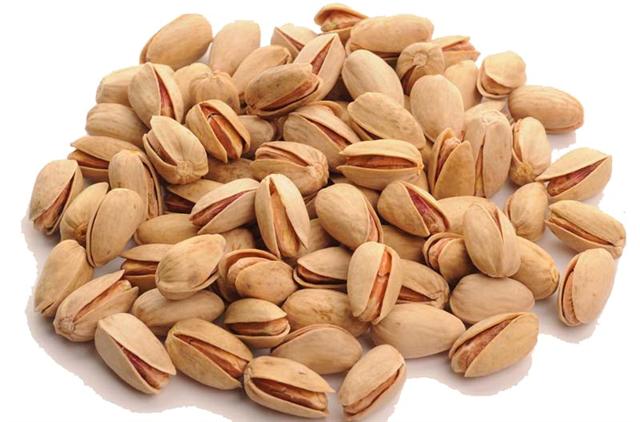
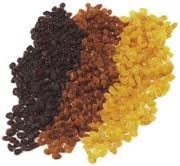 3 kind raisin
3 kind raisin 